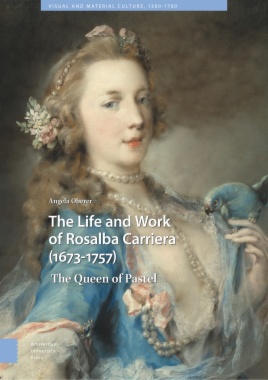This user-friendly resource is the perfect reference for English-language readers who are eager to explore fiction from around the world. Profiling hundreds of titles and authors from 1945 to today, with an emphasis on fiction published in the past two decades, this guide introduces the styles, trends, and genres of the world's literatures, from Scandinavian crime thrillers and cutting-edge Chinese works to Latin American narco-fiction and award-winning French novels.
The book's critical selection of titles defines the arc of a country's literary development. Entries illuminate the fiction of individual nations, cultures, and peoples, while concise biographies sketch the careers of noteworthy authors. Compiled by M. A. Orthofer, an avid book reviewer and the founder of the literary review site the Complete Review, this reference is perfect for readers who wish to expand their reading choices and knowledge of contemporary world fiction.
- Table of Contents
- Introduction
- Europe
- France, Belgium, and Switzerland
- Spain and Portugal
- Italy
- Greece
- Germany, Austria, and Switzerland
- Netherlands and Belgium
- Scandinavia
- Baltic States
- Eastern Europe I
- Eastern Europe II
- Russia, Soviet Union, and Central Asia
- United Kingdom and Ireland
- Sub-Saharan Africa
- Southern Africa
- Central Africa
- East Africa
- West Africa
- Lusophone Africa
- North Africa, Middle East, and Turkey
- Arabic-Speaking Countries
- Israel
- Turkey
- Iran and Afghanistan
- Asia
- Indian Subcontinent
- Southeast Asia I
- Southeast Asia II
- China, Tibet, and Taiwan
- Japan
- South Korea and North Korea
- Oceania
- Australia, New Zealand, and South Pacific
- Latin America
- Brazil
- South America
- Mexico and Central America
- Caribbean
- North America
- Appendix 1. Translation into English, by the Numbers
- Appendix 2. Supplemental Resources
- Index

